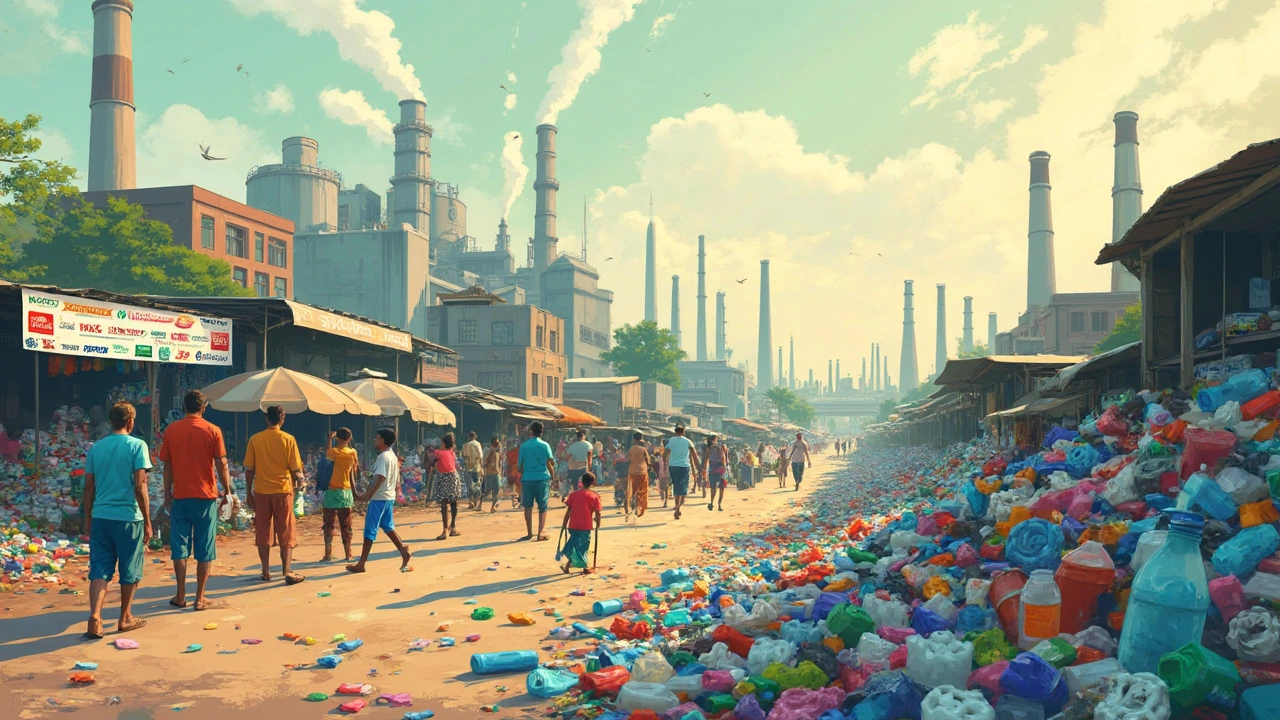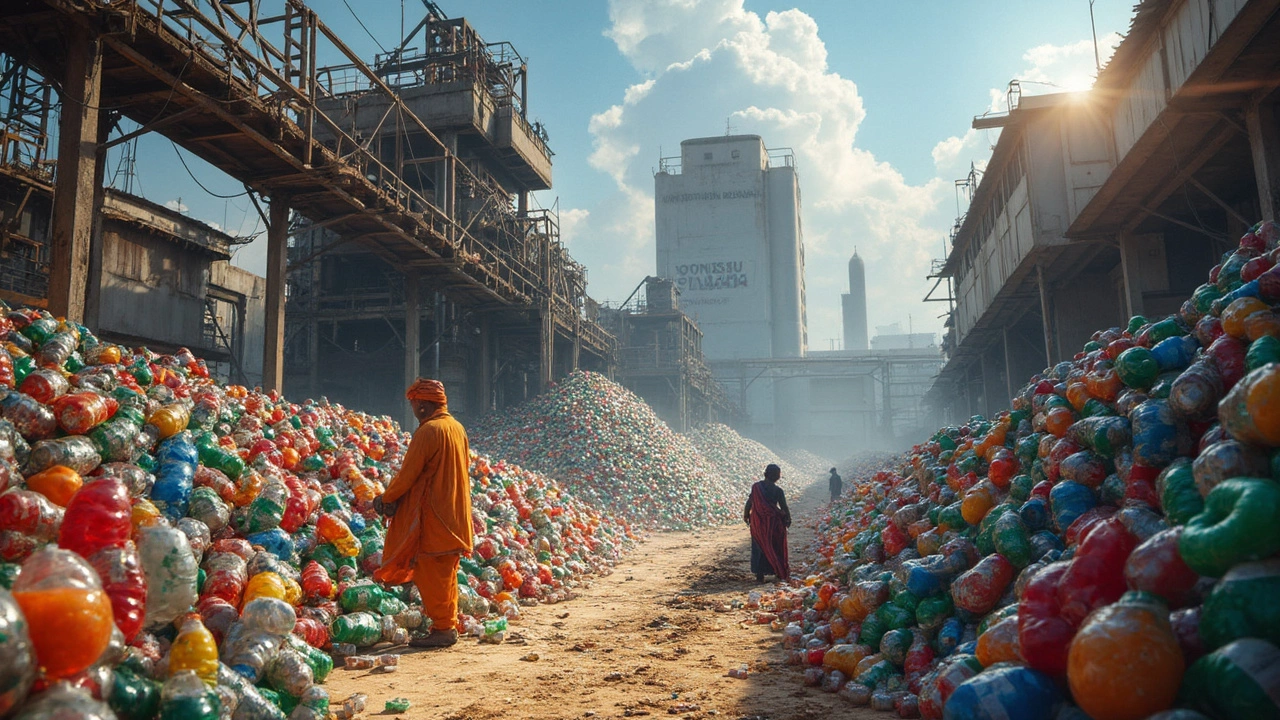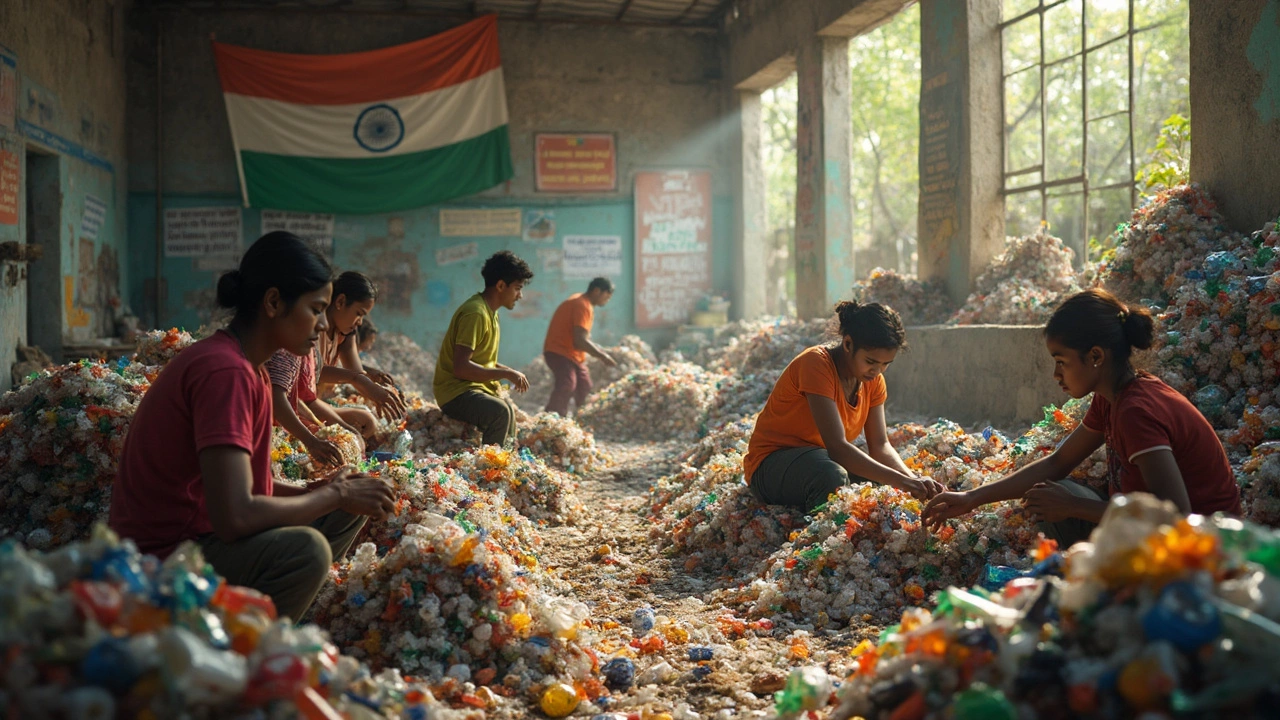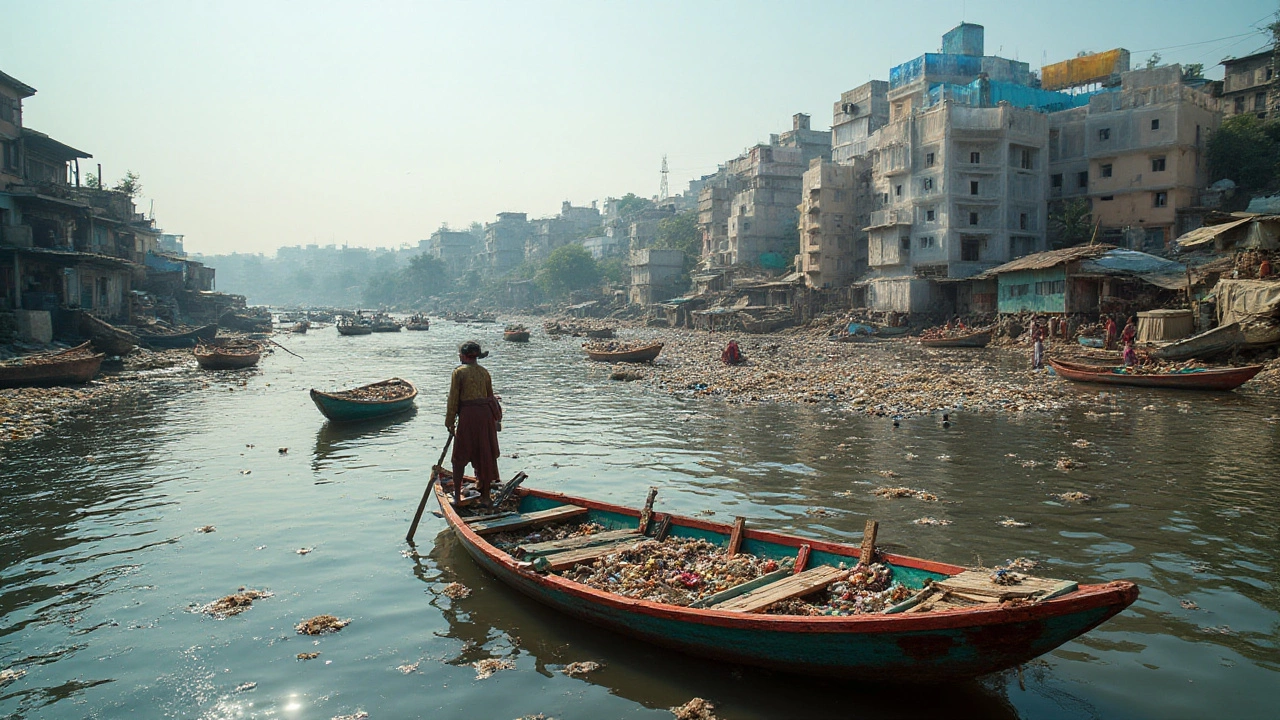Plastic Waste in India: What It Is and How to Deal With It
Plastic waste is everywhere – in streets, rivers, and even fields. In India the problem grows fast because cheap single‑use items are easy to get. If you’ve ever picked up a bottle on the road, you’ve seen the issue firsthand. This page breaks down the main sources, the damage they cause, and what you can do right now to cut down.
Where Does Plastic Waste Come From?
The biggest chunk comes from packaging. Food wrappers, grocery bags, and beverage bottles make up roughly 60 % of the total. Cities with large markets generate even more, and the waste often ends up in open dumps because collection systems can’t keep up. Another major source is construction materials – plastic sheets, pipes, and foams used in building projects. These items are heavy, hard to move, and usually tossed straight into landfills.
Rural areas add a different twist. Farmers use plastic mulch for crops and then discard it after a season. Because the material is thin, it breaks into tiny pieces that drift into waterways. Over time these micro‑plastics settle in soil and affect crops. Even textiles contribute; many cheap shirts and towels contain synthetic fibers that shed tiny plastic strands when washed.
How to Cut Down Plastic Waste
Start with the things you touch daily. Carry a reusable bag for grocery trips – a sturdy cloth bag can replace dozens of plastic ones each month. Swap single‑use water bottles for a refillable one; the savings add up fast. When you buy packaged food, choose products with minimal wrapping or opt for bulk bins.
Getting involved in local collection drives also helps. Many cities run monthly clean‑up events where volunteers sort waste for recycling. If your area lacks a recycling service, you can set up a small bin at home and take clean plastics to the nearest drop‑off point.
For bigger impact, pressure local businesses to adopt sustainable packaging. A quick call or social media shout‑out can push a shop to replace plastic bags with paper or reusable alternatives. Schools and offices can start “no‑plastic” days, encouraging everyone to bring their own containers.
Finally, think about the end‑of‑life of the plastic you use. Some brands now offer take‑back programs for bottles and wrappers. Check the label or the company's website to see if they collect the items for proper recycling.
Plastic waste may seem like a huge problem, but small habits add up. By swapping a few everyday items and supporting local recycling, you can shrink the amount of plastic that ends up in landfills and rivers. Every piece you keep out of the environment makes a real difference for the planet and future generations.

What Country Banned Single-Use Plastic? Top Nations Leading the Charge
Canada, Rwanda, and the EU have led the global ban on single-use plastics, forcing plastic manufacturers to innovate. Discover which countries banned plastic, what items are banned, and how the industry is adapting.

Plastic Manufacturing Companies: Who Makes the Most Plastic?
This article uncovers which companies are behind the bulk of global plastic production. It dives into the biggest names in the industry, the real impact they're having, and how their products end up in everyday life. Find out some eye-opening facts about plastic waste and learn practical tips you can use to avoid products made by top plastic polluters. Packed with information you don’t usually see in basic news stories, this guide gives real-world insight for anyone curious about where all the plastic is coming from.

Which Company Produces the Most Plastic Bottles?
Plastic bottles are everywhere, but have you ever wondered which company is behind the bulk of this global production? This article dives into the giants of the plastic bottle industry. Learn about the scale of their production, the environmental impact, and what they are doing—or not doing—to manage plastic waste better. Get ready for some surprising insights and practical tips on how to reduce your plastic footprint.

Where Does Plastic Go: From Use to Disposal
Ever wondered what happens to the plastic items we use every day? This article demystifies the lifecycle of plastic after its initial use. From recycling processes to landfill destinations, learn the true journey of plastic waste. Discover fascinating facts and practical tips to help reduce plastic pollution.

Who Still Dumps Garbage in the Ocean? Unmasking Plastic Manufacturing Offenders
Dumping garbage in the ocean may seem like an outdated practice, but it's still happening, largely due to some irresponsible plastic manufacturers. This dumping contributes to environmental harm and affects marine life and human health. Understanding who the culprits are and how they operate is crucial to addressing this issue. The article explores the continued malpractice by some companies in the plastic industry and delves into potential solutions.

Top Plastic Waste Producers and Their Environmental Impact
Plastic waste is a burgeoning global issue, with specific manufacturing companies contributing significantly to this problem. The environmental and ecological effects of plastic production and disposal are increasingly concerning. Understanding which companies are leading in plastic waste production can help in advocating for better practices and policies. This discussion delves into the major plastic producers and their responsibilities towards reducing waste.





